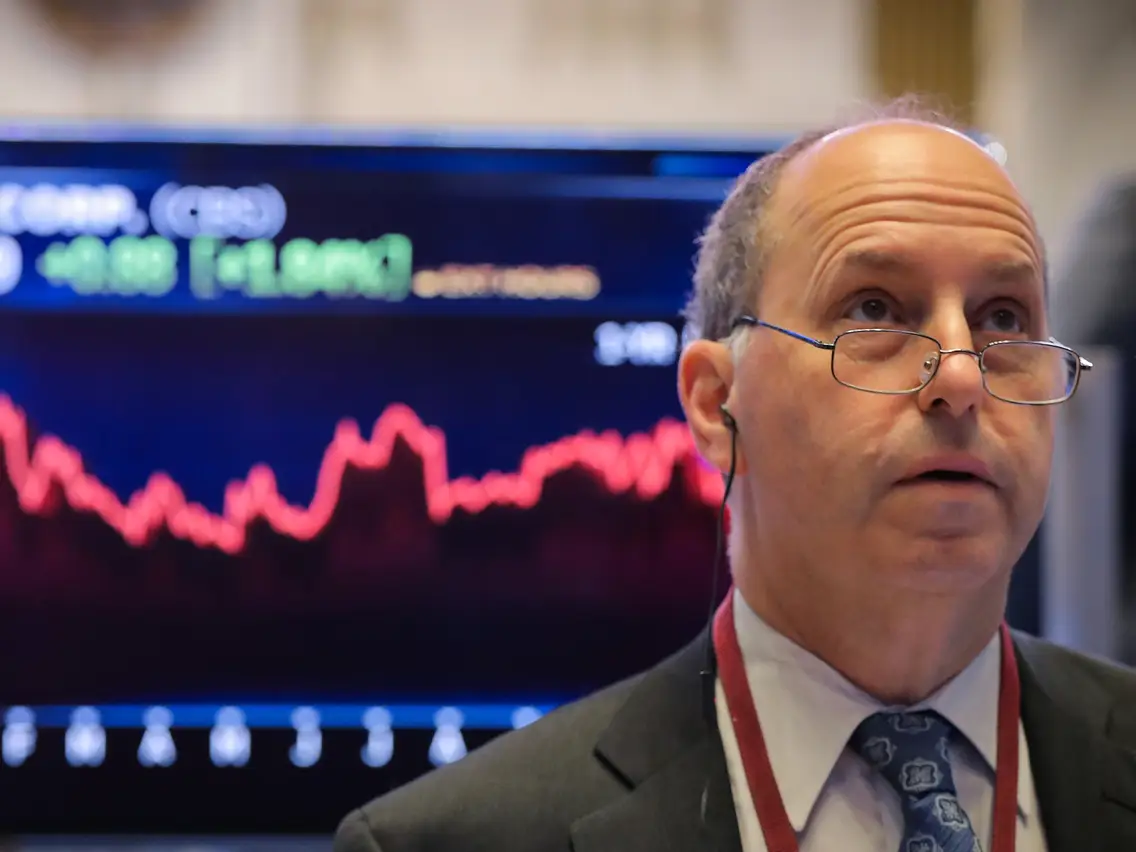
I grew up with a generalized investing philosophy espoused by my grandfather: invest during a Democratic administration (market down), sell during a Republican administration (market up). Since I am going to write about what I think is the worst-case scenario for investors post-November 3, 2020 when the nation selects its next President, I decided to do a little analysis to see if he was right.
According to research compiled in July 2020 by Halah Touryalai and Sergei Klebnikov, staff journalists for Forbes (see full article here), if you followed my grandfather’s advice, you probably did not achieve good returns. Since 1945, the best S&P return during an administration came during the Democratic leadership of President Bill Clinton’s term in office. From 1993 to 2001 the S&P rose 210%. The lowest performance came under a Republican administration. The S&P fell -40% during the 2001-2009 administration of George W. Bush.[1]
Looking at all of the Presidential terms from Harry S. Truman to the current term of Donald Trump, it is a mixed bag of market performance. The numbers show that annualized real stock market returns under Democrats have been 10.6% vs. 4.8% for Republicans. [2]
It is impossible to track all the variables that caused market swings during one administration, much less all of them. However, we can track a single metric that indicates the overall health of our national economy: federal debt.
America’s Debt Addiction
Here is what our federal debt looks like as a percentage of Gross Domestic Product beginning in 1945.
1945-1953 Harry S. Truman/Democrat Debt to GDP 71%
1953-1961 Dwight D. Eisenhower/Republican Debt to GDP 54%
1961-1963 John F. Kennedy/Democrat Debt to GDP 49%
1963-1969 Lyndon B. Johnson/Democrat Debt to GDP 39%
1969-1974 Richard M. Nixon/Republican Debt to GDP 31%
1974-1977 Gerald R. Ford/Republican Debt to GDP 34%
1977-1981 Jimmy Carter/Democrat Debt to GDP 32%
1981-1989 Ronald Reagan/Republican Debt to GDP 50%
1989-1993 George H.W. Bush/Republican Debt to GDP 61%
1993-2001 Bill Clinton/Democrat Debt to GDP 55%
2001-2009 George W. Bush/Republican Debt to GDP 68%
2009-2017 Barack Obama/Democrat Debt to GDP 104%
2017 – Donald Trump/Republican Debt to GDP 131%
Because of our ever-increasing reliance upon debt to prevent an economic correction, depression, or collapse, experts now project that federal debt will rise from $27 trillion to $78 trillion by 2028![3] This means our debt-to-GDP could rise to more than 300%. It could spiral out of control during a political crisis.
Worst-Case Scenario
The markets hate uncertainty. This simply means investors don’t like to be made nervous. As uncertainty increases, so does volatility. People are not sure whether they want to be in or out of the market.
The worst-case scenario is not a red sweep or a blue sweep (although I hold a strong opinion in favor of the party that aligns with my values) but an election so close that the losing party believes they got cheated.
Do you, like me, sense that this could be the most contentious Presidential election in modern history? Do you think it was tense when George W. Bush narrowly defeated Al Gore sending the validity of votes with “hanging chads” to the Supreme Court for a final decision? That will look mild in retrospect.
Our worst-case scenario is a clear popular vote winner but a different razor-thin margin electoral college victory for the other party. Hillary Clinton is already warning of Donald Trump “stealing the election.” President Trump is already warning of voter fraud with mail-in ballots. The stage is set for a prolonged legal battle to determine the next President. If the average US investor is pessimistic about a quick resolution, many will pull out of the market. Get ready for a wild ride.
This scenario would not be so potentially dangerous if it were not for the precarious means by which our economy is currently being propped up (i.e., with government intervention).
How to Be Ready
Of course, there are other significant reasons for greater concern: the threat of COVID 19 spiraling out of control, draconian shelter-in-place rules, a natural disaster, a sharp turn towards socialism, and outrageous tax increases; the list is endless. But in the face of all those risks, it is a bad idea to try and time the market by going in and out. History reflects that in spite of all downturns pre- or post- an election, there is reason for optimism. The American economy and market have persistently recovered and grown no matter who is elected or what challenges we have had to face. “Fear sells but optimism pays” is a great investor saying I try to follow.
While many will see a worst-case scenario as a time to run for safety, wise investors will stay the course or find opportunities when stocks go on sale. Following John Templeton’s famous rule of thumb, “Buy at the point of peak pessimism. Sell at the point of peak optimism,” new buying opportunities will likely surface.
God’s Word provides an interesting investment tip from Solomon in Ecclesiastes 11:2, “Invest in seven ventures, yes, in eight; you do not know what disaster may come upon the land.” (NIV)
The wisest man who ever lived advises us to diversify our investments since we simply cannot know what disaster may come. He did not say, “Stop investing until it is safe.” Interesting, isn’t it? Solomon knew how to prepare for the unexpected – he did not put all of his eggs in one basket. He put no more than 12 to 14% of his investable dollars in a similar investment.
Have a plan, be sure you can afford losses, diversify, and stay the course. Invest, but with a heightened awareness of your risks. Even if our worst-case scenario happens on November 3, I expect that over time, it will get sorted out and markets will reward the wise, value-oriented investors.
[2] IBID.
https://thehill.com/policy/finance/513623-business-world-braces-for-blue-sweep
Subscribe for Weekly Updates
"*" indicates required fields
Search
Christian Credit Counselors

Is credit card debt causing you stress and strain? Christian Credit Counselors would like to help!
Notifications